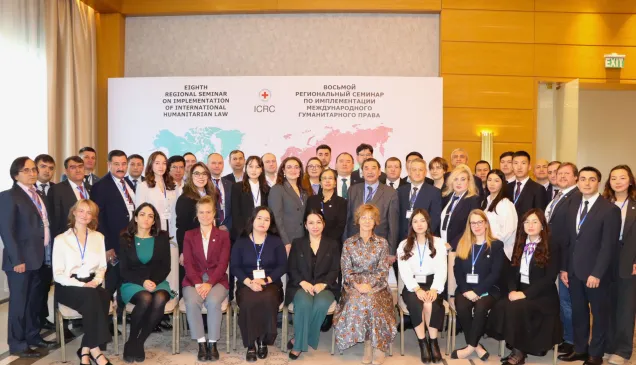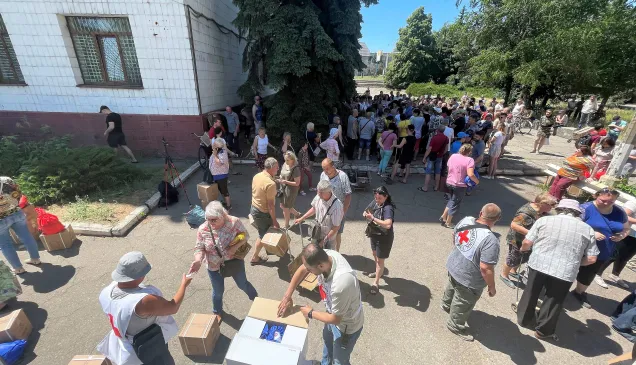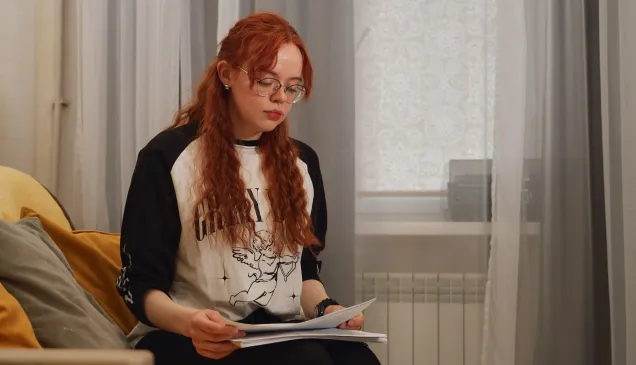A look back at First World War's most vulnerable
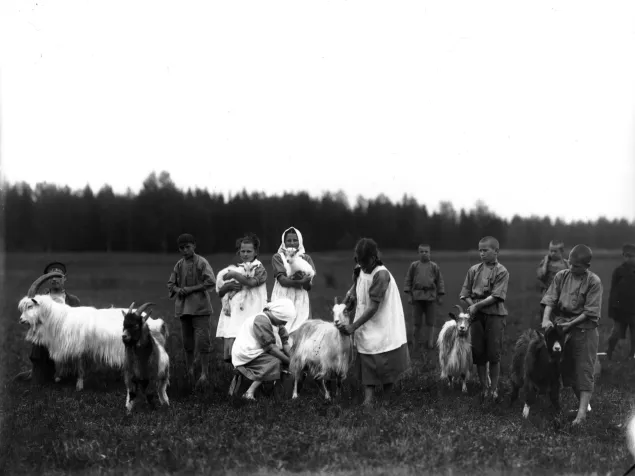
The ICRC supported charities throughout Russia and Eastern Europe. A hundred years after the First World War came to an end, the ICRC still protects the lives and dignity of the victims of armed conflict and other situations of violence, and promotes and strengthens international humanitarian law.
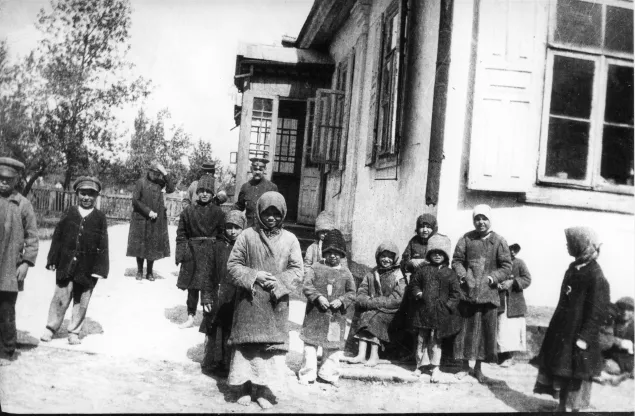
Children pose for the camera at an orphanage in Brest-Litovsk in what is now the territory of Belarus, 1919.
Enormous numbers of children were orphaned by the First World War. The ICRC worked with National Societies in the countries at war to organise shelters for the children, which were still operational a long time after the war came to an end.
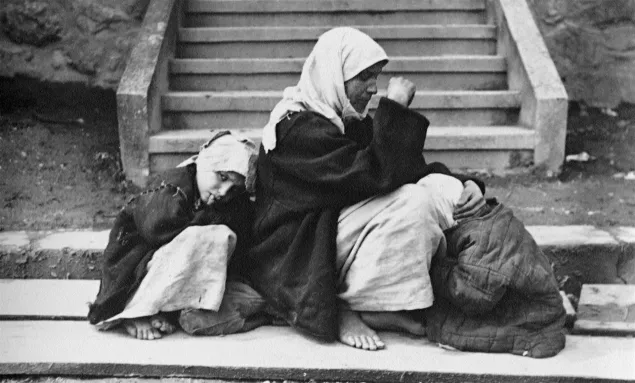
Refugees consider their limited options somewhere in Eastern Europe after the end of First World War (1914-1918).
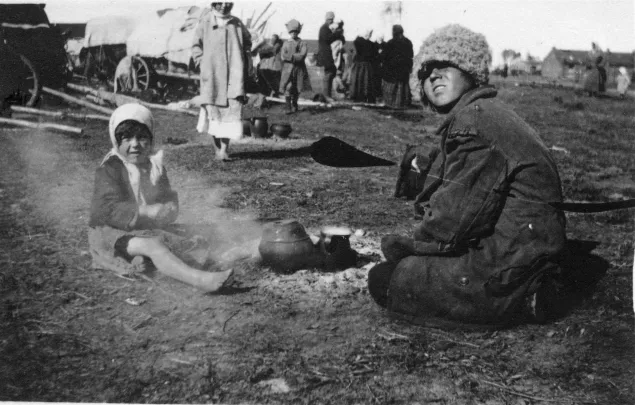
Children cook themselves a meal at a camp for migrants and refugees in Baranovici, which is in present-day Belarus.
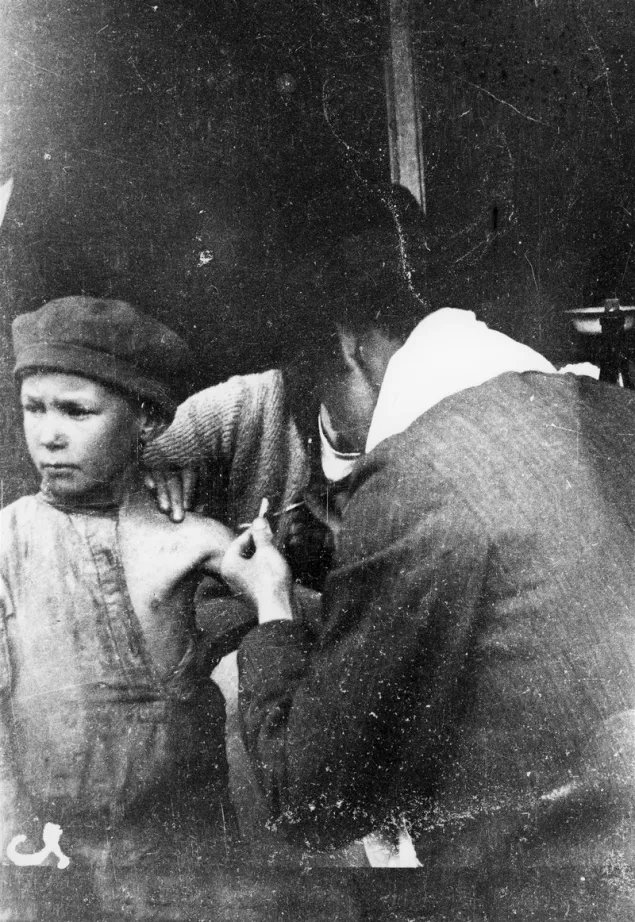
A refugee child receives immunization in Brest-Litovsk, 1919, in what is now the current territory of Belarus.
Immunization remains an effective way to prevent outbreak of infectious diseases. Even 100 years after the end of the First World War, epidemics remain a serious threat to the life and health of the victims of armed conflicts such as the Cholera outbreak in Yemen today.
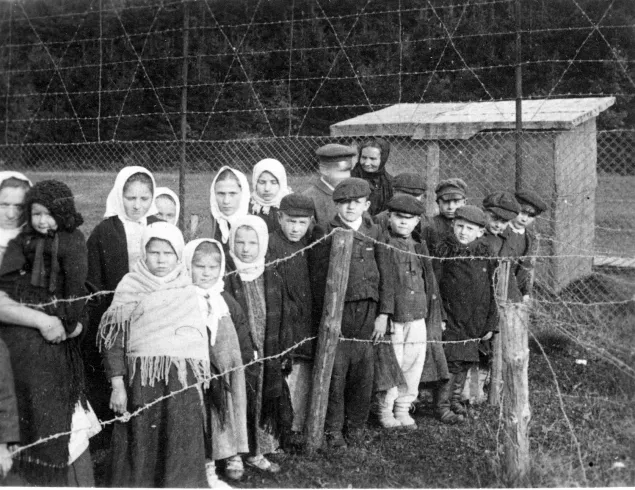
Children stare at a prisoner of war (POW) camp in Holzminden, Germany.
While visiting prison camps, the ICRC pays special attention to children, who – like adults – were either captured and imprisoned or became refugees. As many as 10,000 Poles, Russians, Belgians, and French – including women and children – were held at Holzminden camp.
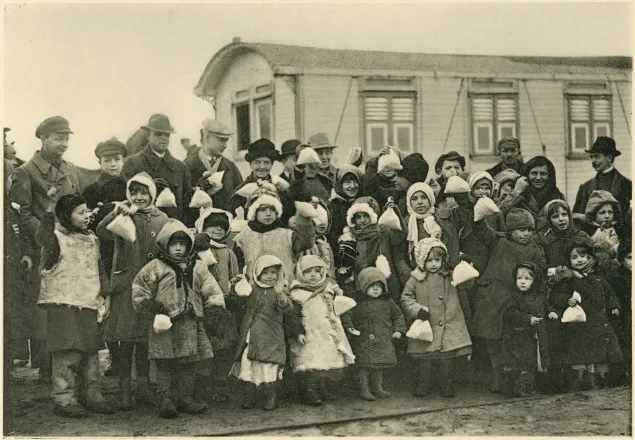
Children wait to return home from Poland’s Stettin Port.
The ICRC supported national Red Cross societies to repatriate more than 425,000 Russians, Germans, Austrians, and Hungarian POWs. Then, as now, the ICRC also placed special emphasis on children in war. The ICRC supported charitable organisations in Russia and elsewhere to provide children with food, clothing, and shelter. Where possible, it also helped reunite the children with their parents.
These photographs were shown publicly in Russia for the first time ever at an exhibition in January in central Moscow. The exhibition celebrates 100 years since the end of the First World War, which killed 1.7 million Russian soldiers, second only to Germany. It also killed an estimated 730,000 Russian civilians and led directly to the 1917 Russian Revolution and civil war.

